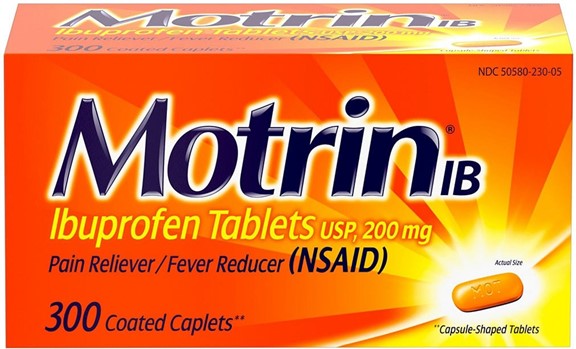Which statement provides the best documentation of the amount of wound drainage?
Two 4x4 gauze cloths saturated with purulent drainage.
Large amounts of exudate removed with dressing.
Dressing dry on top, wet adjacent to the wound.
Outer dressing dry and intact, moderate drainage noted underneath.
The Correct Answer is A
Two 4x4 gauze cloths saturated with purulent drainage. This statement provides the best documentation of the amount of wound drainage because it specifies the size and number of gauze cloths, the type and amount of exudate, and the presence of infection
Choice B is wrong because it does not indicate the size or number of dressings, the type or amount of exudate, or the presence of infection.
Choice C is wrong because it does not indicate the size or number of dressings, the type of exudate, or the presence of infection.
Choice D is wrong because it does not indicate the size or number of dressings, the type of exudate, or the presence of infection.
Normal ranges for wound drainage are categorized as scant, minimal, moderate, or large/copious The type of wound drainage can be described as serous, sanguineous, serosanguineous, or purulent
Nursing Test Bank
Naxlex Comprehensive Predictor Exams
Related Questions
Correct Answer is B
Explanation
“I apologize for not hearing you say that. Is there a better day for you?”.
This response shows empathy and respect for the client’s feelings and preferences.
It also invites the client to collaborate on finding a solution that works for both parties. Choice A is wrong because it is rude and defensive.
It does not acknowledge the client’s frustration or offer any alternatives. Choice C is wrong because it is dismissive and paternalistic.
It does not respect the client’s autonomy or consider the client’s reasons for not being able to come back on Friday.
Choice D is wrong because it is persuasive and manipulative.
It does not address the client’s concerns or explore other options.
The nurse-client relationship is based on trust, respect, and collaboration.
The nurse should use therapeutic communication skills to maintain a positive rapport with the client and promote their health and well-being.
Correct Answer is C
Explanation

Motrin is a brand name for ibuprofen, which is a nonsteroidal anti-inflammatory drug (NSAID). NSAIDs can cause renal toxicity, especially in older adults and patients with renal disease.
Therefore, the nurse should be most concerned about this medication and its potential adverse effects on the patient’s kidney function.
Choice A is wrong because digoxin is a cardiac glycoside that is used to treat heart failure and atrial fibrillation. Digoxin has a narrow therapeutic index and can cause toxicity if the dose is too high or if the patient has hypokalemia. However, digoxin does not directly affect the kidneys and can be safely used in patients with renal disease if the dose is adjusted according to the patient’s creatinine clearance.
Choice B is wrong because levothyroxine is a synthetic thyroid hormone that is used to treat hypothyroidism. Levothyroxine does not have any major interactions with the kidneys and can be used in patients with renal disease without dose adjustment.
Choice D is wrong because Tylenol is a brand name for acetaminophen, which is an analgesic and antipyretic drug. Acetaminophen does not have any anti-inflammatory effects and does not affect the kidneys at therapeutic doses. However, acetaminophen can cause hepatotoxicity if the dose exceeds 4 g per day or if the patient has liver disease or alcohol abuse.
Whether you are a student looking to ace your exams or a practicing nurse seeking to enhance your expertise , our nursing education contents will empower you with the confidence and competence to make a difference in the lives of patients and become a respected leader in the healthcare field.
Visit Naxlex, invest in your future and unlock endless possibilities with our unparalleled nursing education contents today
Report Wrong Answer on the Current Question
Do you disagree with the answer? If yes, what is your expected answer? Explain.
Kindly be descriptive with the issue you are facing.
